How to choose a washing machine: comparison of types, their characteristics and features
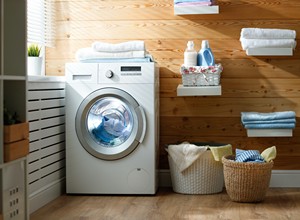 Although choosing and buying a washing machine seems like a simple task in theory, there are nuances to it that many consumers ignore.
Although choosing and buying a washing machine seems like a simple task in theory, there are nuances to it that many consumers ignore.
The main thing is to understand the criteria that must be taken into account even at the stage of considering available proposals.
And that is why the most expensive washing machine is not always preferable to purchase!
So how do you choose the right washer?
Content
Washing machine variations
Conventionally, all washing machines are divided into 3 large groups:
- Not automatic (activator). The simplest and cheapest. They also have one significant advantage: they take up a minimum of space, are relatively light. This may be important for those who do not have their own housing and often change their place of residence. To transport such a washing machine, you do not need to order specialized transport. Among the shortcomings: you need to do the spinning yourself, as well as drain the water, rinse the drum (not rotating) from the remnants of dirty water, detergent.
- Automatic with front loading. Today it is the most common. These are the same washing machines with a round hatch and a horizontally placed drum. Of the advantages: manufacturers focus on such washing machines. Therefore, they have the widest functionality, all innovations. And they also have a uniform load distribution on the drum, they make less noise during operation or spinning.
- Automatic with vertical loading. In terms of functionality, as a rule, they are slightly inferior to the front ones. But they have one significant advantage - they take up less free space (due to their greater height).
About 85% of all buyers in 2024-2025 are considering buying only automatic washing machines.
They cost more but do most of the laundry work. In fact, you only need to load the laundry, add detergent, and when finished, hang the clothes out to dry.
Frontal
Their main advantage is a more uniform load on the drum during its rotation. And excess vibration is compensated with the help of a sinker mounted on top, as well as shock absorbers located at the bottom of the drum.
Therefore, the impact on the body is minimal. And due to this, during operation, they emit a minimum of noise, even during the spin cycle.
An additional advantage of frontal washing machines is an attractive external design. It fits into almost any interior.
That is why in the CIS countries they can be placed both in the bathroom (for example, under the sink), and in the kitchen or even in the living room. This is only affected by where there is free space for installation.
Most of the production of modern concerns is also focused on front-loading washing machines. And therefore, all the newest and most innovative functions can be found in such washing machines.
In others, they appear only after 3-5 years.
Another advantage of front-facing washing machines is the ability to produce them narrow in width.
Yes, this reduces the allowable load of clothes, but you can literally fit such a washing machine even in combined bathrooms (which are still found everywhere in the CIS).
vertical
They occupy a smaller total area than the frontal ones. But it is impossible to make them narrow, since the drum must be balanced.
Additional advantages of such washing machines:
- They fail less often, since they are structurally a little simpler than the front ones. For example, they do not have a hatch and a lock closing sensor. And there is no need to install a sealing cuff in front of the drum to prevent water from flowing out.
- More spacious for their size.
- Almost all top-loading washing machines have an ironing (drying) function. To do this, there is no need to place an additional heating element, it is enough to use the existing one and at this time rotate the drum at low speed.
Built-in or freestanding
Also, front-loading washing machines are conditionally divided into:
- Embedded.
- Freestanding.
Embedded
They are installed directly in the niche allocated for this. They allow you to save space, as well as install all the equipment in a single overall design.
But such washing machines are in most cases more expensive. Also, for their installation, you will need to seek help from third-party specialists.
And they can be difficult to maintain (for example, if you need to replace the drive belt or the inlet valve).
They have only a front decorative insert (in the back, as a rule, there is only a sealed box and holding brackets for the pump, engine, shock absorbers).
Today, built-in washing machines are mainly used in commercial laundries (where the available space for placing appliances is limited).
Freestanding
The preferred option for most consumers.
Technically, they differ from built-in ones only in the presence of a decorative case. And they have a smaller drum size.
Narrow and full size
There are several standard sizes of front-loading washing machines:
- Standard. With a height of about 85 - 90 centimeters, depth - in the range from 45 to 60 centimeters. Allow you to load up to 6.5 kilograms of laundry for washing.
- Narrow. The height is similar: about 85 - 90 centimeters. But the depth is up to 45 centimeters.
- Non-standard. We are talking about those washing machines, the dimensions of which differ from the above. Most manufacturers have 2 - 3 of these models.
Basic washing machine programs
The general set of washing programs for all washing machines is approximately the same:
- washing wool products;
- cotton;
- synthetics;
- prewash;
- quick wash;
- daily laundry;
- intensive;
- manual;
- delicate.
Washing wool products
It is carried out in warm water, but as delicately as possible, as well as with additional rinsing (to wash out detergent residues, since things made of wool work like a “sponge”).
Cotton
One of the most versatile washing modes. Can also be used as a daily wear.
Temperature - up to 95 degrees, spinning - at maximum speed.
It takes, on average, 60 - 90 minutes. In comparison, washing wool takes up to 3 hours.
Synthetics
Synthetics are resistant to wear, but do not withstand high temperatures.
Therefore, the washing machine runs at maximum speed, but water heating is only up to 60 degrees.
Prewash
When you turn on this program, 2 consecutive washing cycles are launched, so it takes a really long time (3.5 - 4 hours).
It is recommended to use for clothes with the most persistent stains, when it is not possible to get rid of them in the usual way.
A little more powder or gel should be added to the detergent drawer than usual. During the washing process, it is fed gradually into the drum (in portions, and not all at once).
Quick wash
The shortest programme, suitable for washing lightly soiled items. Water heating is minimal - only up to 30 - 40 degrees.
After completion, spinning at maximum speed is turned on. The whole cycle takes, on average, 45 - 70 minutes.
Daily laundry
Similar to a quick wash, but takes a little longer.
In some washing machines, it differs from the fast one only by an additional rinse and spin cycle to completely wash out the detergent residue.
intensive
Designed for heavily soiled items.
Turnovers both during washing and during spinning are maximum. Temperature heating - up to 90 degrees, detergent consumption - large.
By default, many washing machines also include a cold pre-soak program. Therefore, the entire cycle takes, on average, more than 2 hours.
Manual
This program is best suited for washing delicate fabrics. For example, curtains, tulle, wedding dresses.
The speed is minimal, the temperature does not exceed 40 degrees, the detergent is used in portions, an additional rinse is included.
Spin for many manufacturers by default turns on either at the lowest speed, or is not involved at all.
delicate
It is similar to manual. The key difference is the use of spin at normal speeds (400 - 600).
Otherwise, the same temperature settings, the same number of drum rotation cycles.
Additional Modes
Now manufacturers mainly compete with each other by adding new unique washing modes.
You can often see the following:
- ECO;
- washing in cold water;
- night;
- silk;
- for children's things;
- biocare;
- removal of persistent stains;
- boiling;
- drying;
- extra rinse.
ECO
The key difference is the minimum power consumption.
Therefore, the washing cycle starts at a temperature of only 30 degrees, takes up to 40 - 60 minutes. Turnovers - minimum or average (for spinning - too).
If you believe the statements of the manufacturers themselves, then this mode allows you to save about 30 - 40% of the electricity consumed.
Wash in cold water
It is used for delicate fabrics that cannot be washed in water above 40 degrees, and at the same time there are no stains that are resistant to removal.
Night
Long cycle, but always at low speeds.
The main difference is the minimum noise emitted during operation.
Silk
An option for combined fabrics, which include both natural and synthetics.
The temperature is average (up to 60 degrees), the speed is also.
For children's things
Minimum detergent consumption, high temperature, several additional rinse cycles. Spin - at medium speed.
This results in a relatively delicate treatment of fabrics, but with the removal of stubborn stains that are common on children's clothing.
Biocare
Runs 2 independent wash cycles. The first is at low temperature, the second is at high.
Suitable for heavily soiled clothes, and at the same time provides delicate care.
Stubborn stain removal
This mode provides pre-soaking in water at high temperature and using a small amount of detergent.
Allows you to get rid of those spots in which the rest of the mode turned out to be “powerless”.
Boiling
Keeping the maximum temperature in the water.
Best for washing bed linen and removing yellowness.
Drying
After washing is completed, things are heated with a heating element.
Allows faster drying but uses more electricity (approximately 25%).
Extra rinse
At the end of the wash cycle, another rinse cycle is started, allowing you to wash out all the detergent residues from the clothes.
It is recommended to use when washing woolen, dense, as well as children's clothes.
Additional useful features
The following functions in a washing machine can be really useful for many:
- Drum cleaning function.
- Control lock.
- Delay start (timer).
Drum cleaning
LG was one of the first to add this feature to their washing machines.
When this program is started, several cycles of fast filling and descent of water are performed alternately along with the rapid rotation of the drum. Allows you to wash all insoluble fractions: rust, sand, hair.
Before starting this program, it is recommended to pre-clean the filter (to prevent clogging).
As a rule, it is launched using a combination of the "Intensive" and "Extra rinse" buttons (hold for 3 seconds or more).
Control lock
A useful feature for those cases where small children live in the house, who can accidentally stop washing or start forced draining, spinning.
Using key combinations, you can temporarily block control using the buttons (until they are pressed again). As a rule, those keys are selected that cannot be pressed randomly.
Delay start (timer)
Many of the washing programs take 2 to 3 hours. And at the end of it, things must be hung manually.
What will happen if the clothes are in the drum for 5-6 hours? Due to excessive moisture inside the body of the machine, wear of the same belt or control unit may accelerate (oxide will begin to appear).
And for such cases, the delay start function is used. That is, a timer is set, at the end of which the machine will automatically start washing in the mode specified by the user.
You can turn on the washing machine, for example, before leaving for work. The wash will start at about 2 - 3 o'clock in the afternoon and upon returning home, the cycle will just be completed. It remains only to hang things.
Do you need a drying mode
Laundry drying is the act of blowing hot air onto clothes after the main wash cycle has been completed.
As a rule, an additional heating element is installed in washing machines for this.
Is this mode really necessary? Its main advantage is faster drying of clothes. Also, after machine drying, ironing clothes is easier.
But there are also quite a few disadvantages:
- Clothes may be wrinkled after drying. This problem is especially common in old washing machines, where this mode has not yet been developed.
- Only suitable for heat resistant materials. And this is not synthetics, and cotton is not recommended in all cases to be subjected to such processing.
- Washers and dryers take up more space.
- Washing machines with a drying mode are somewhat more expensive.
There are no additional benefits in the presence of this mode. But in expensive washing machines it is installed by default.
Which company to choose a washing machine
If we focus directly on the reviews of the consumers themselves, as well as technical experts, then we can distinguish the following most popular washing machine brands:
- Samsung. Relatively inexpensive and reliable. Also, this manufacturer has the largest number of programs. One of the first to launch mass production of washing machines with heaters, which have a ceramic coating that is resistant to scale.
- LG. Recently, a smaller range of models has been supplied to the CIS. But one of the main advantages is the reliability of such equipment. As a rule, washing machines from LG provide a guarantee of up to 3 years, and a heating element - up to 5 years. None of the other manufacturers can boast of such an "offer".
- Bosch. It belongs to the medium budget and expensive categories of home appliances. They have the most reliable engines, there is no savings on any parts. But with the repair of such washing machines, difficulties often arise, and it can also be quite difficult to get spare parts.
- Electrolux. One of the best-selling washing machines in Eastern Europe (according to official statistics provided by the manufacturers themselves). It is quite possible that this is due to the location of the bulk of production facilities for washing machines in these countries. Of the advantages - low cost with a good set of functionality.
- Weissgauff. Not the most popular German brand, but has been manufacturing equipment for over 50 years. A distinctive feature is the observance of the so-called "green-standards". That is, these washing machines consume a minimum of electricity, provide a thorough rinse from the remnants of detergents.
TOP 5 washing machines according to buyers
According to the rating of most popular retailers and online stores, the following models of washing machines can be distinguished, which are rated by consumers as the best combination of price and quality:
- Samsung WF8590NLW9;
- LG F1096ND3;
- Bosch WGA242X4OE;
- Electrolux PerfectCare 600 EW6S4R06W;
- Weissgauff WM 40275 TD.
Samsung WF8590NLW9
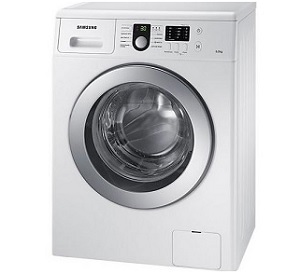
Standard sizes, loading up to 6 kilograms.
There is a foam level control function, as well as several additional modes for delicate and quiet washing.
Of the additional features: ceramic heater, drum balancing sensor, quick-release top cover.
Of the shortcomings: sometimes it “freezes”, but after a reboot, the wash starts in normal mode.
LG F1096ND3

Of the advantages: minimal noise during operation, there is a hose for draining water when cleaning the filter.
Of the shortcomings, buyers mention only the incorrect operation of the "Cancel mode" button - it does not work in all programs.
Bosch WGA242X4OE
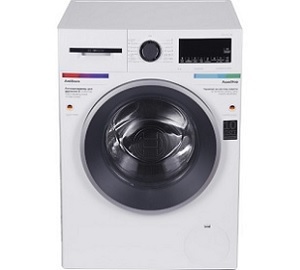
Of the additional functions: foam control, intelligent washing, leakage protection and control lock.
Advantages: low noise during operation, copes well with very dirty things.
Among the shortcomings is the noise during spinning at high speeds, and you also often have to change the belt. But this is true for all washers with high-power engines.
Electrolux PerfectCare 600 EW6S4R06W

There is an intelligent control of washing, balance control, smooth adjustment of the spin speed (lower drum rotation speeds are also supported).
Among the shortcomings: scratches quickly appear on the case. Apparently, "environmentally friendly" materials were used for painting. Therefore, such equipment must be handled with care.
Weissgauff WM 40275 TD
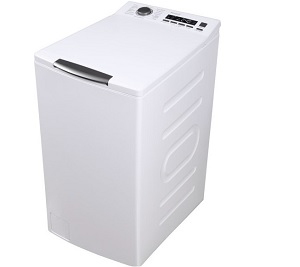
The advantage is durability. If you believe the reviews, then within 5 years of active operation, service maintenance was required in only 3% of cases. And in most cases, this is a replacement of the belt or repair of the upper door.
Of the shortcomings - it makes a lot of noise during operation.
In total, when choosing a washing machine, it is recommended to focus on the consumer's own needs. That is, take into account the available programs.
And also in advance it is necessary to calculate the required dimensions. Now the standard is 4.5 - 5.2 kilograms.
Frontal ones are more preferable, but vertical ones are suitable for those rooms where it is important to keep every available square meter free.
Useful video
For information on how to choose a washing machine from the many options presented in stores, see the video story:



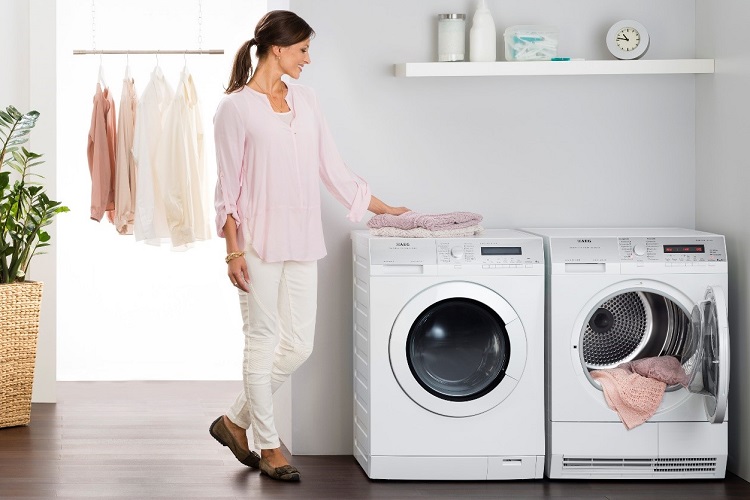
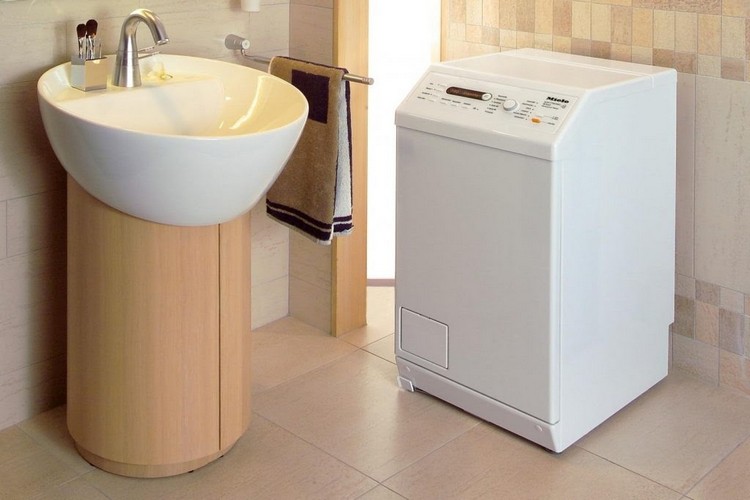

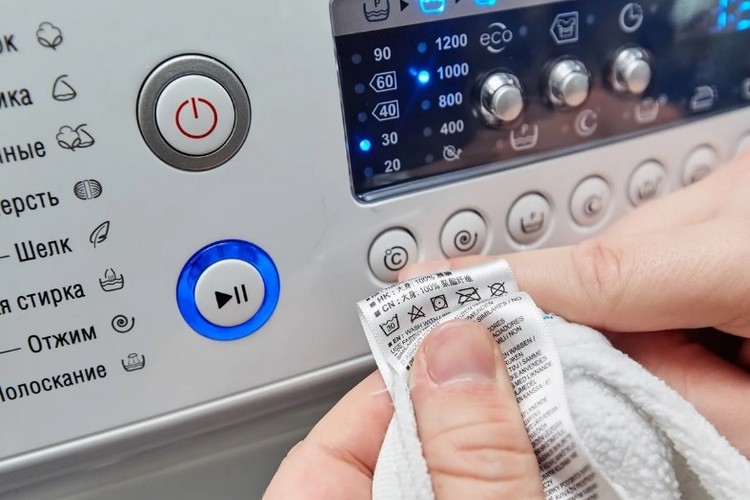
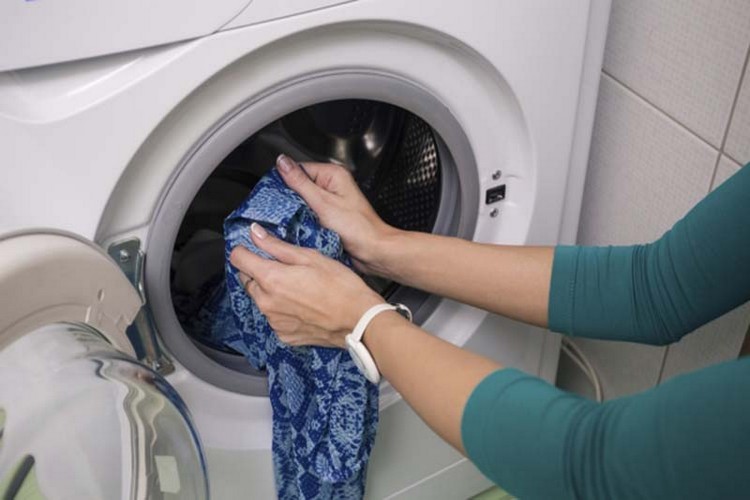
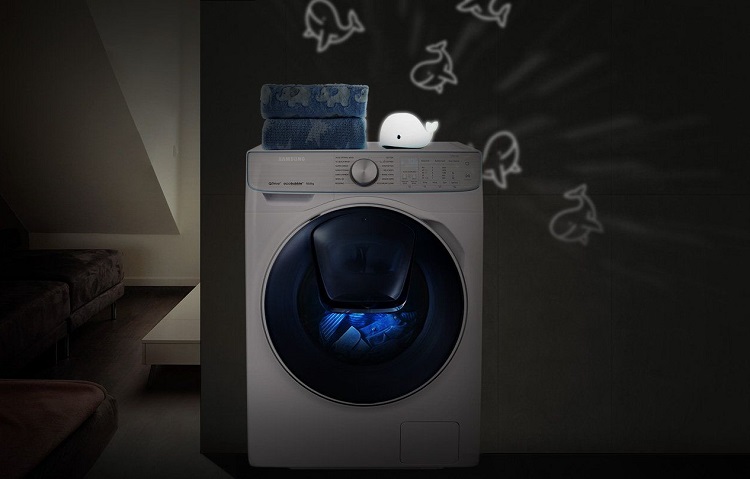
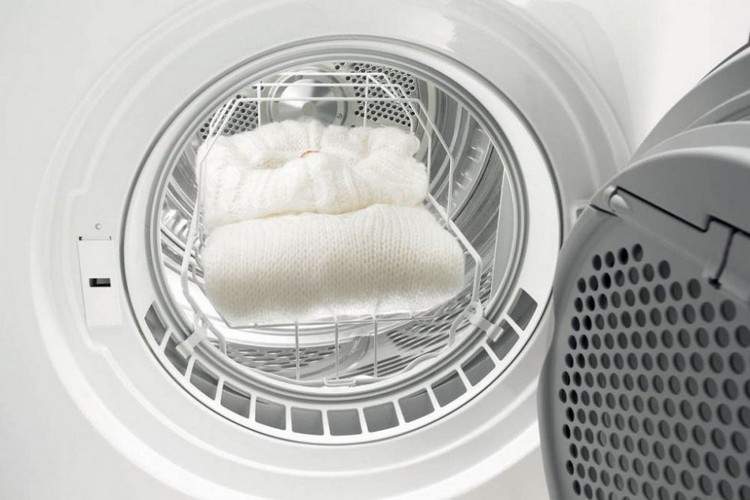
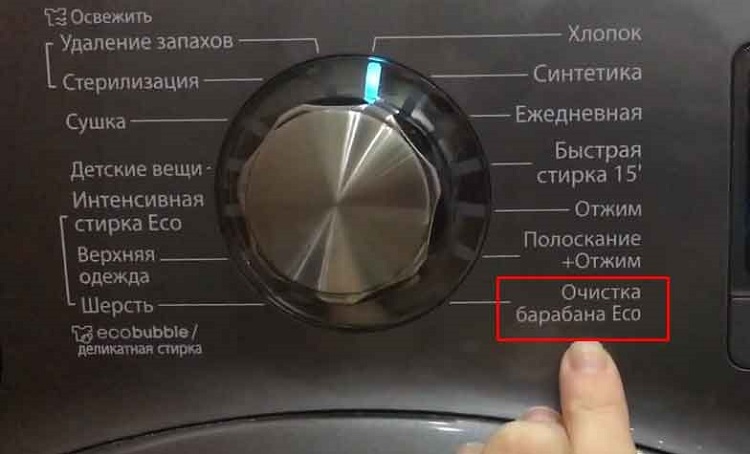
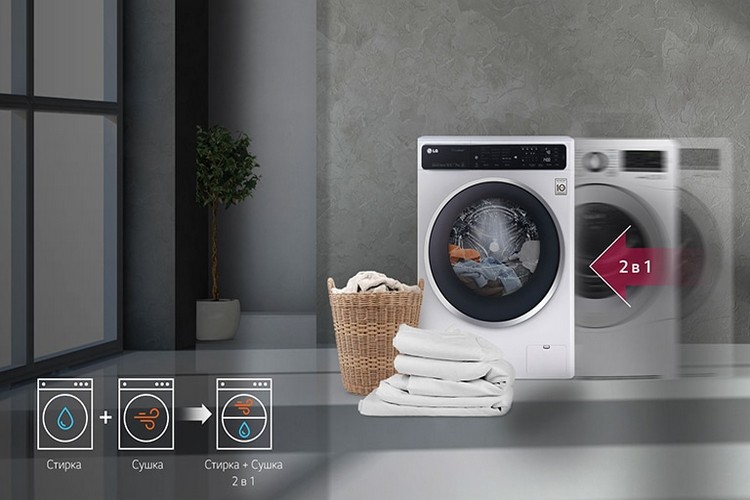
Everyone praises their cars, but I want to write about my assistant. For a long time, the Belka machine worked for me. Old model without any bells and whistles. I squeezed it out by hand, poured water in a bucket and did not agree to a replacement. But it broke down, they said they wouldn’t fix it already, it’s old, there aren’t even spare parts for it. And my son delivered a new Bosch WLL 2426 S to me. And why did I suffer for many years? As they say, God does not do everything for the best. The machine does everything for me. And erases and squeezes. I have not figured out a little with different washing programs. But never mind, I'll learn. I am 75 years old and retired a long time ago. And you know, life got better. Look how many innovations appear. How they make a woman's life easier!
We had to choose a top-loading machine because of the need.In our little family, the bathroom is even smaller than in Khrushchev. And only such a machine could enter the pier between the bathroom and the wall. I got used to it for a long time, before that there were ordinary front-loading ones. But now I can say that I like it more than usual.
when we got ourselves a hotponite, the first thing we paid attention to was the depth of the drum (after all, in a family with children, washing is almost the main occupation), and the number of useful programs. Summing up, I will say that the choice was not mistaken.